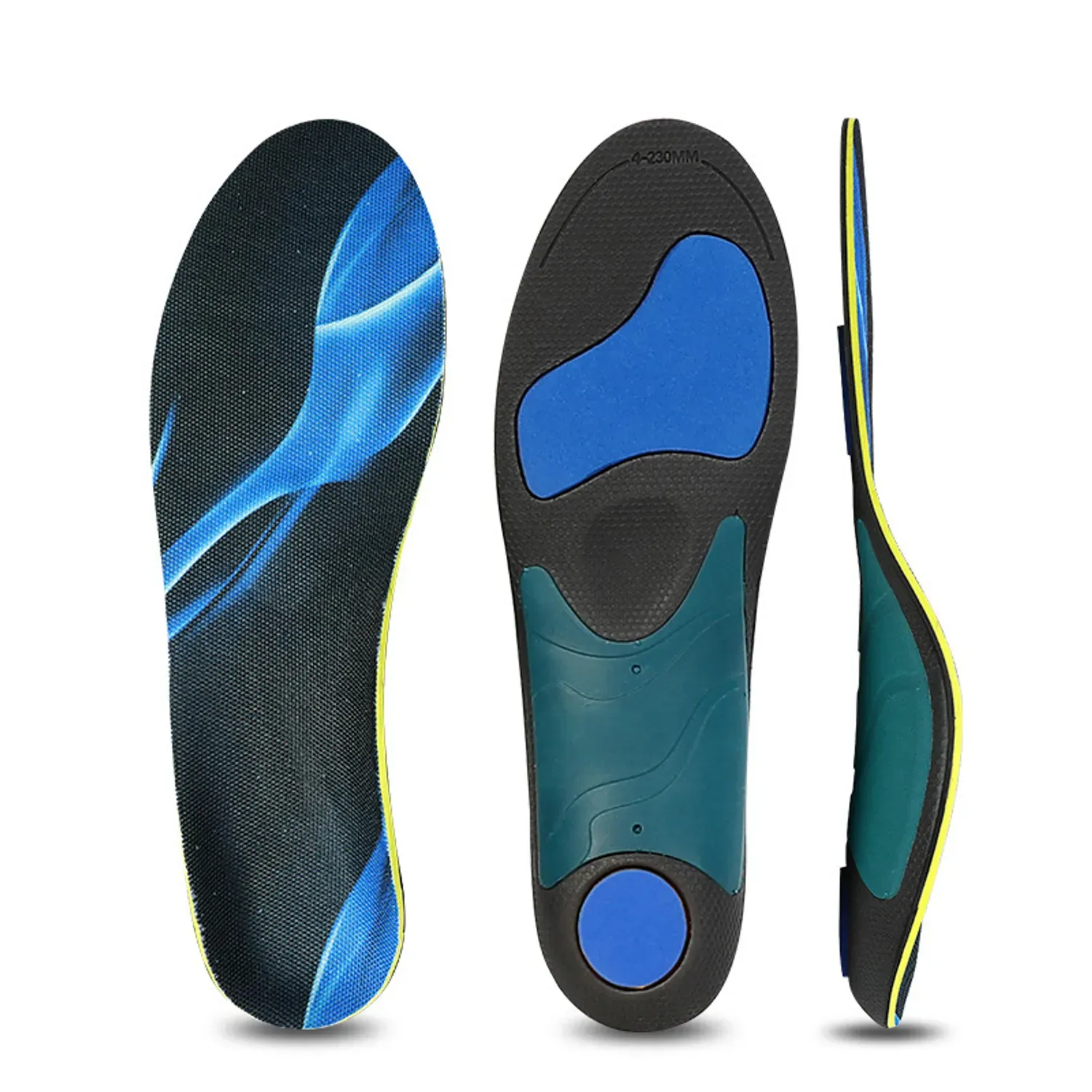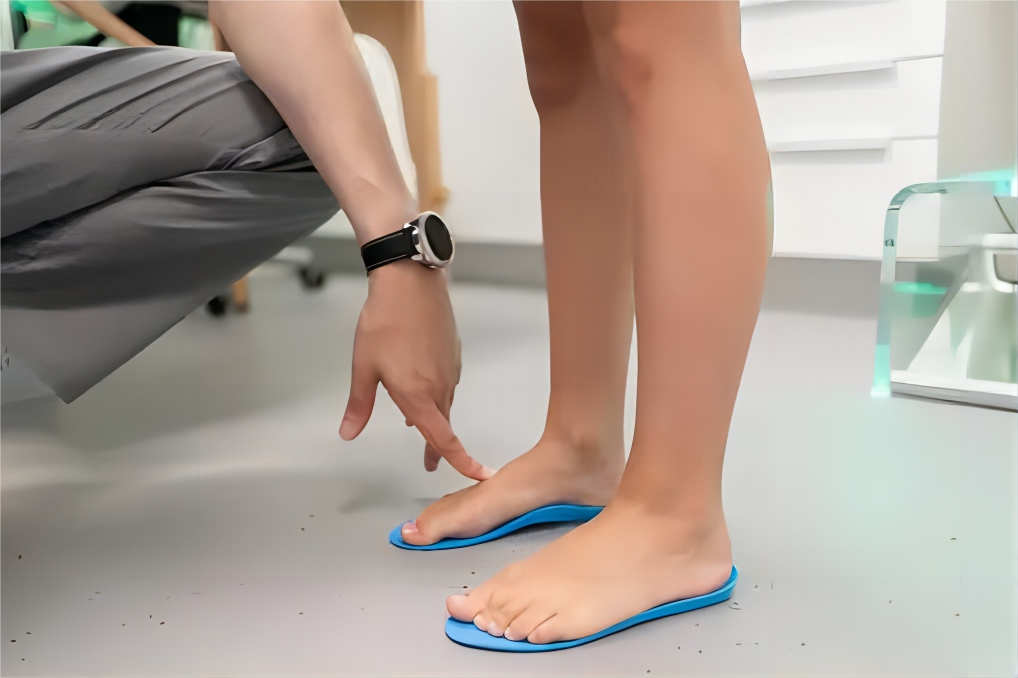john@lee-mat.com
+86-13510662576

GET QUOTE
The Role of Orthotic Insoles in Alleviating Pain
In this blog, we will delve into the significant role that orthotic insoles play in relieving various types of foot discomfort. Whether you suffer from plantar fasciitis, arthritis, or diabetic foot ulcers, understanding how orthotic insoles can help alleviate your pain is essential for finding relief and improving your quality of life.
Understanding Orthotic Insoles
Orthotic Insoles vs. Regular Shoe Inserts
Orthotic insoles differ significantly from standard shoe inserts available at retail stores. While both serve to provide additional support to the feet, orthotic insoles are customized to address specific foot issues, whereas regular inserts are generic and may not adequately support your feet.
Customization and Fitting Process
The fitting process for orthotic insoles involves a comprehensive evaluation by a podiatrist. This evaluation considers factors such as foot shape, gait, and any existing foot conditions. Unlike mass-produced inserts, orthotic insoles are tailored to fit your feet precisely, providing optimal support and comfort.
Types of Orthotic Insoles
There are two primary types of orthotic insoles: functional and accommodative. Functional orthotic insoles are rigid and aim to control abnormal foot motion, while accommodative orthotic insoles offer support and cushioning. The type of orthotic recommended will depend on your specific foot condition and needs.
Benefits of Custom-Made Orthotic Insoles
Custom-made orthotic insoles offer several advantages over mass-produced inserts. They provide superior support and comfort tailored to your individual foot anatomy, leading to more effective pain relief. Additionally, custom orthotic insoles can address underlying biomechanical issues, promoting proper foot alignment and preventing future discomfort.
Conditions Alleviated by Orthotic Insoles
Orthotic insoles can effectively relieve a wide range of foot ailments, making them a versatile treatment option for individuals suffering from chronic pain or discomfort. Some common conditions treated by orthotic insoles include:
- Plantar Fasciitis: Orthotic insoles provide arch support and cushioning to alleviate pain and inflammation in the plantar fascia, the band of tissue that runs along the bottom of the foot.
- Arthritis: By redistributing pressure and providing support, orthotic insoles can help reduce pain and stiffness associated with arthritis in the feet and ankles.
- Diabetic Foot Ulcers: Orthotic insoles with extra padding and pressure relief features can help prevent and heal diabetic foot ulcers by reducing friction and protecting vulnerable areas of the foot.
- Heel Pain: Orthotic insoles can alleviate heel pain caused by conditions such as heel spurs or fat pad atrophy by providing cushioning and shock absorption.
- Metatarsalgia: Orthotic insoles with metatarsal pads or arch support can relieve pain and discomfort in the ball of the foot caused by metatarsalgia, a common condition characterized by inflammation and pain in the metatarsal heads.
In addition to addressing foot issues, orthotic insoles can also play a role in relieving knee pain and discomfort. They can help correct biomechanical issues and redistribute pressure, reducing strain on the knees and alleviating conditions such as patellofemoral knee pain, Achilles tendinitis, and shin splints.
The Process of Obtaining Orthotic Insoles
Consultation with a Podiatrist
The first step in obtaining orthotic insoles is scheduling a consultation with a podiatrist. During this appointment, the podiatrist will assess your foot health, discuss your symptoms, and determine whether orthotic insoles are appropriate for your condition.
Evaluation Methods
To ensure the proper fit and effectiveness of the orthotic insoles, various evaluation methods may be utilized. These may include a biomechanical examination to assess foot mechanics, gait analysis to evaluate your walking pattern, casting to create a mold of your feet, or 3D scanning for precise measurements. These techniques help tailor the orthotic insoles to your unique foot structure and needs.
Cost Considerations and Insurance Coverage
It's important to consider the cost of orthotic insoles and whether they are covered by your insurance plan. While custom-made orthotic insoles may be more expensive upfront, they offer long-term benefits and may be partially or fully covered by insurance. Be sure to check your insurance policy for details on coverage and potential out-of-pocket expenses.
Benefits and Long-Term Use of Orthotic Insoles
Effectiveness and Relief Provided by Custom Orthotic Insoles
Custom orthotic insoles are highly effective in providing relief from foot pain and discomfort. By correcting biomechanical issues and providing tailored support, they help alleviate symptoms associated with various foot conditions, allowing for improved mobility and quality of life.
Duration of Wear and Adjustment Period
Upon receiving your custom orthotic insoles, there may be an adjustment period as your feet adapt to the new support. It typically takes around two weeks to fully adjust to wearing orthotic insoles. However, the long-term benefits outweigh any initial discomfort, and most individuals find significant relief from their symptoms with continued use.
Potential for Avoiding Surgery Through Orthotic Insole Use
For many individuals, orthotic insoles can provide an alternative to surgical intervention for foot problems. By addressing underlying issues and promoting proper foot alignment, orthotic insoles may help prevent the need for surgery in some cases. This underscores the importance of early intervention and proactive management of foot conditions with orthotic insoles.
Conclusion
Orthotic insoles are indispensable tools for managing foot pain and improving overall foot health. They provide tailored support and alignment, effectively alleviating discomfort associated with various foot conditions such as plantar fasciitis, arthritis, and diabetic foot ulcers. By promoting proper foot mechanics and reducing strain on the feet and knees, orthotic insoles offer a valuable solution for individuals seeking relief from chronic foot pain.
If you're experiencing foot pain or discomfort, it's essential to seek professional consultation for custom orthotic insole fitting. In this regard, Lee-Mat's Orthotic Insoles stand out as a reliable choice. With their commitment to quality and innovation, Lee-Mat offers orthotic insoles designed to meet the diverse needs of individuals seeking lasting relief from foot pain. Don't let foot pain hold you back—invest in your foot health with Lee-Mat's Orthotic Insoles and take confident strides towards a pain-free life.


